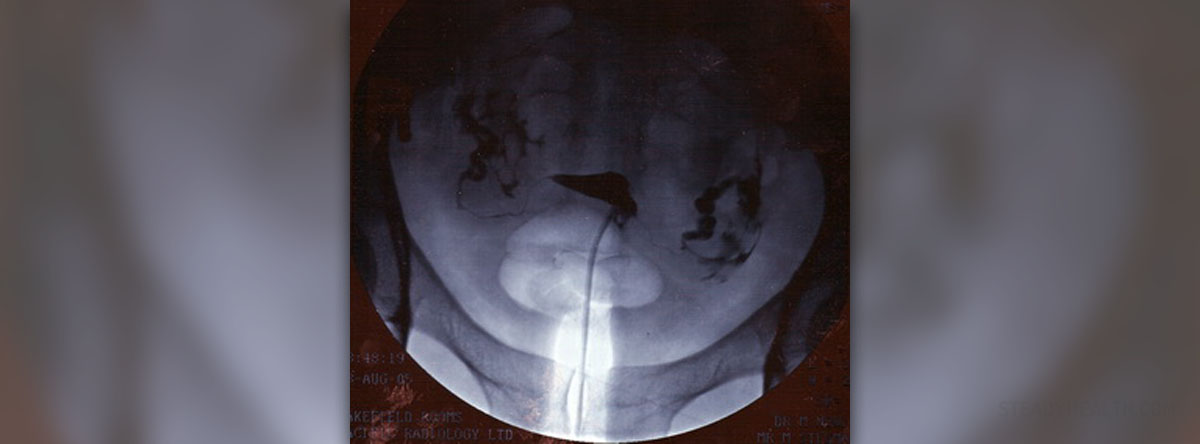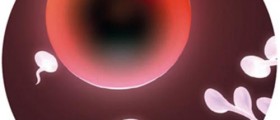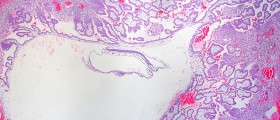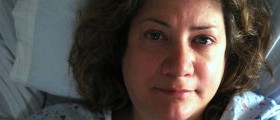
A hysterosalpingogram is a dye test for fallopian tubes in which an X-ray is used to view the inner part of the uterus, fallopian tubes and surrounding areas. The procedure is often done when a woman has had unexplained infertility. During a hysterosalpingogram, a dye is inserted through a thin tube that is threaded through the vagina and into the uterus. Because the tubes and uterus are hooked together, the dye will flow through the fallopian tubes and show if there is any type of blockage. A physician will take a series of pictures using an X-ray as the dye is passing through the reproductive organs. The pictures taken during a hysterosalpingogram can show any type of injury, damage, blockage or abnormal structures within the uterus or fallopian tubes which could hinder fertility. A blocked fallopian tube can also keep sperm from reaching and fertilizing the egg and a hysterosalpingogram can find problems within the uterus which may hinder fertility.
A dye test for fallopian tubes can be performed on a woman that is having difficulty becoming pregnant; an infection could lead to tubal scarring or damage and prevent fertilization of the egg. Sometimes the dye used during a hysterosalpingogram can be enough to push through a fallopian tube blockage and fix the problem. Finding out about uterine and fallopian tube health is the first step in determining how the situation should be approached and what a woman needs to do to be able to get pregnant. When the problems in the uterus and fallopian tubes are discovered, it allows a physician to determine the best course of action to correct the situation. After a woman has had a hysterosalpingogram, it will show any issues which may be affecting fertility, it is important to have everything checked and treated in order to someday be able to have a baby.

















Your thoughts on this
Loading...